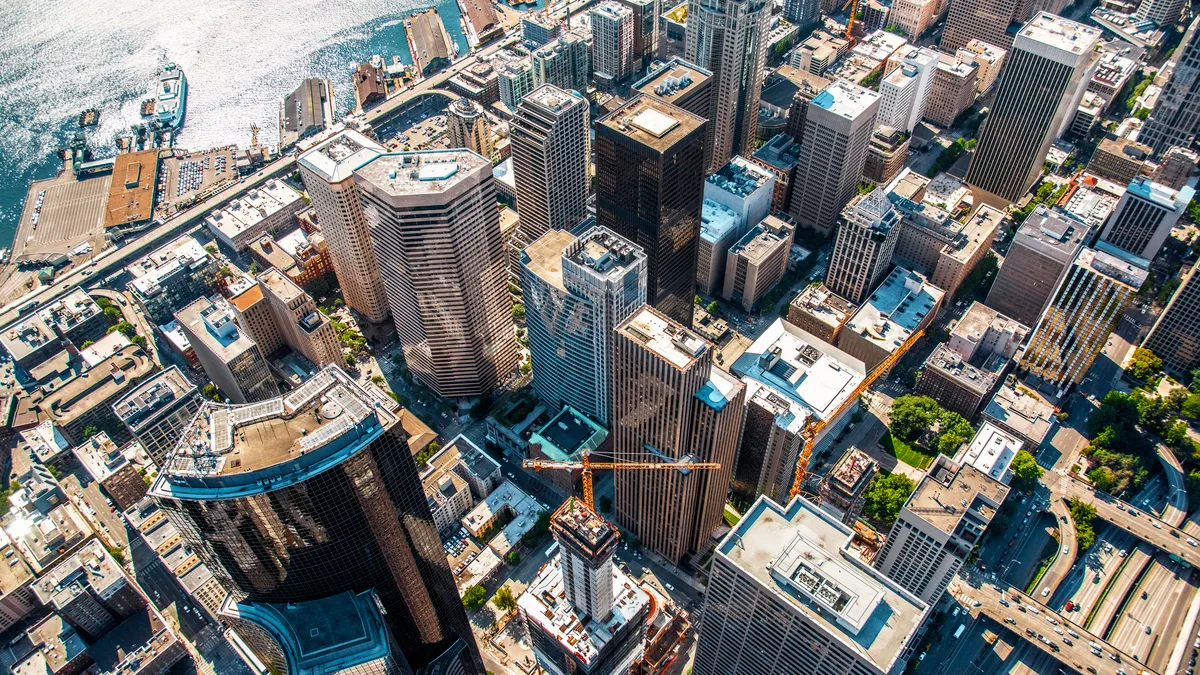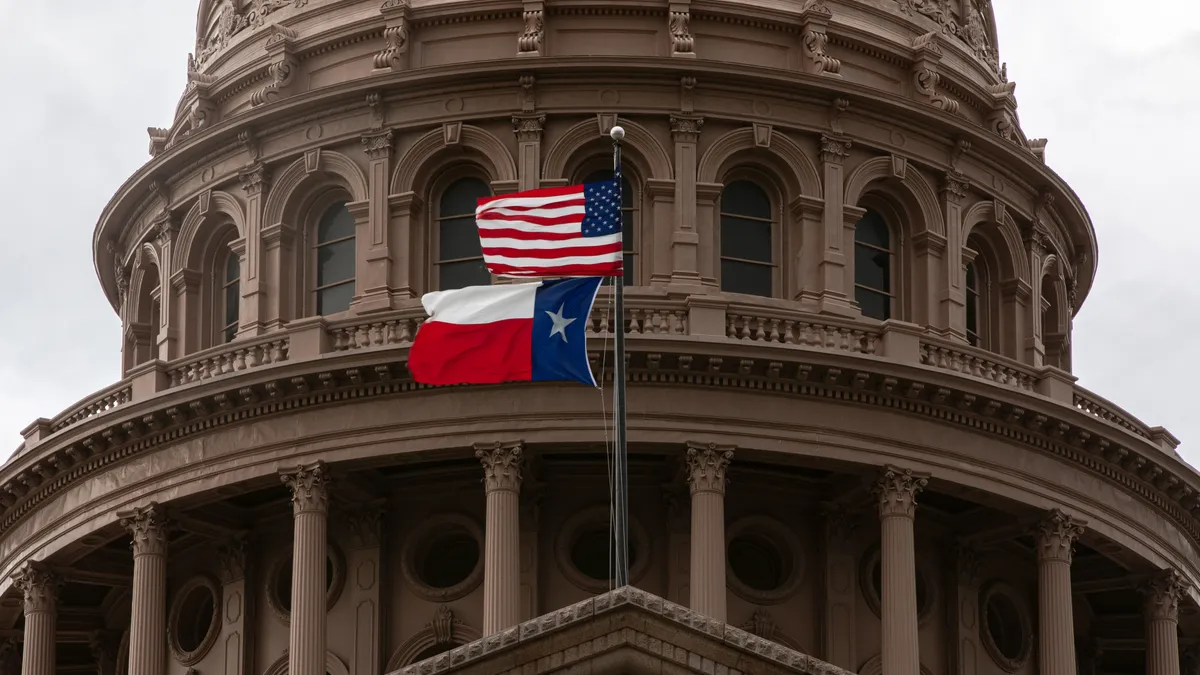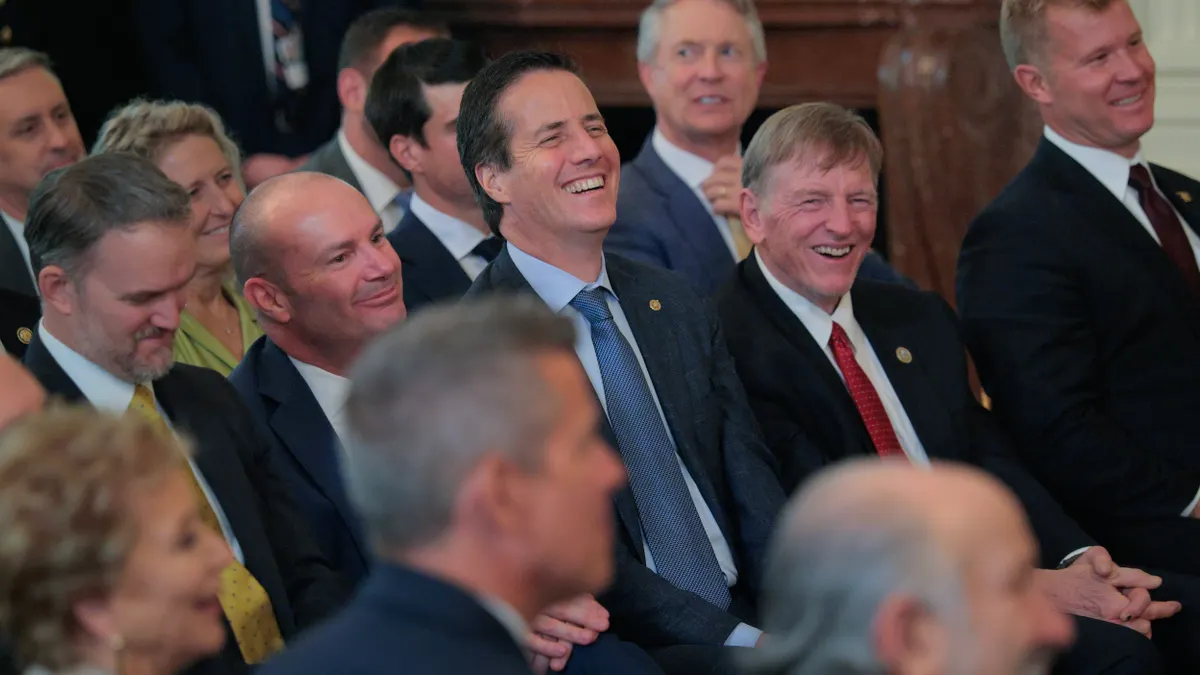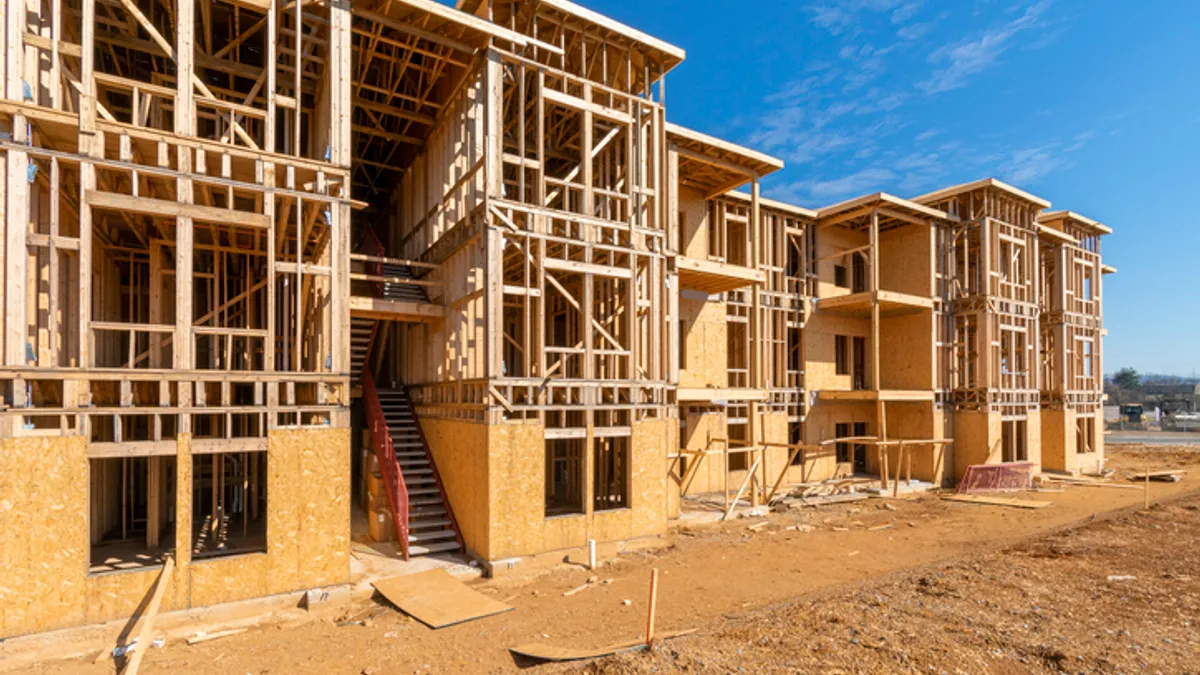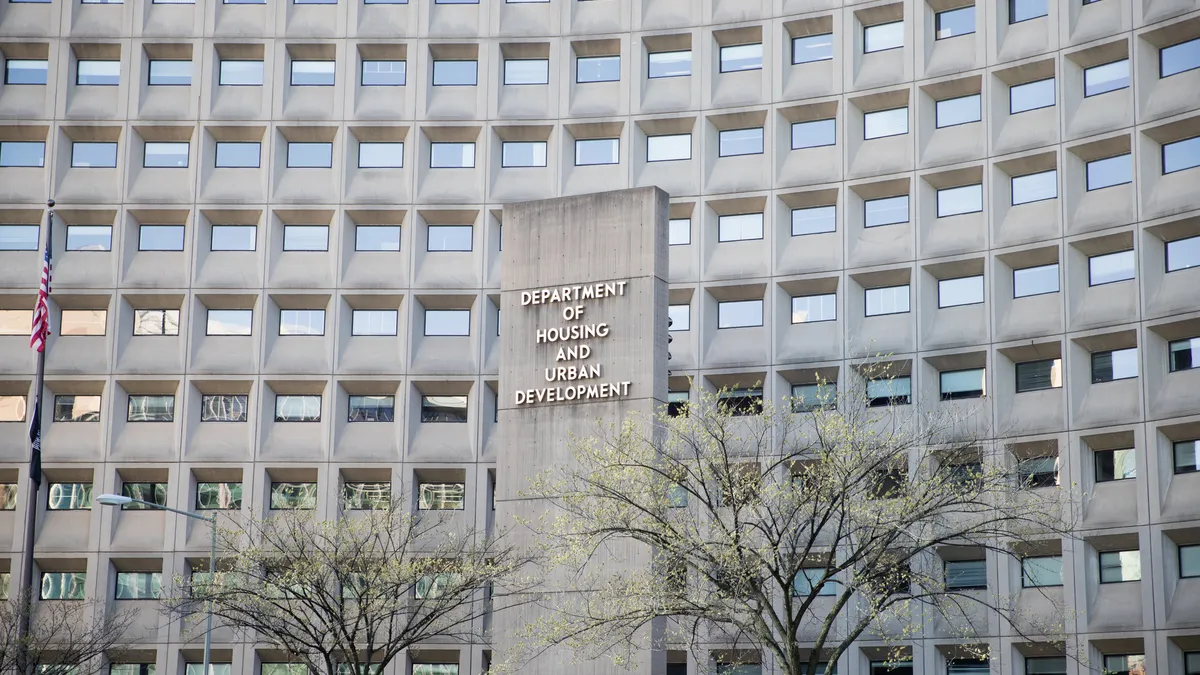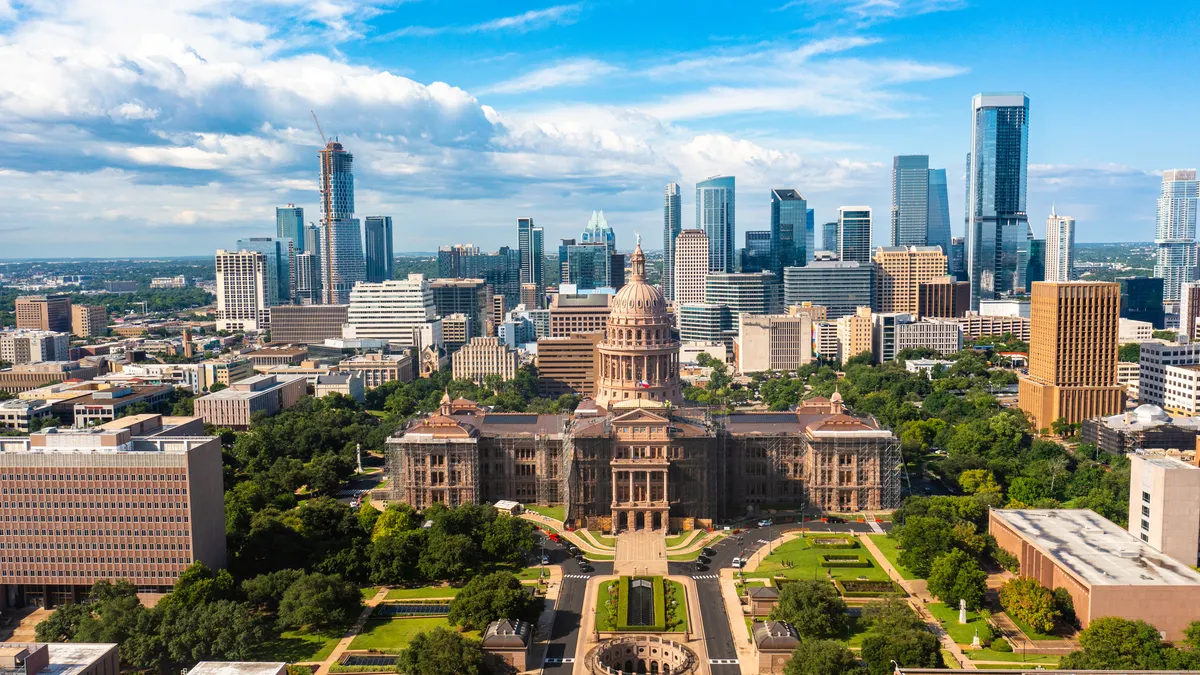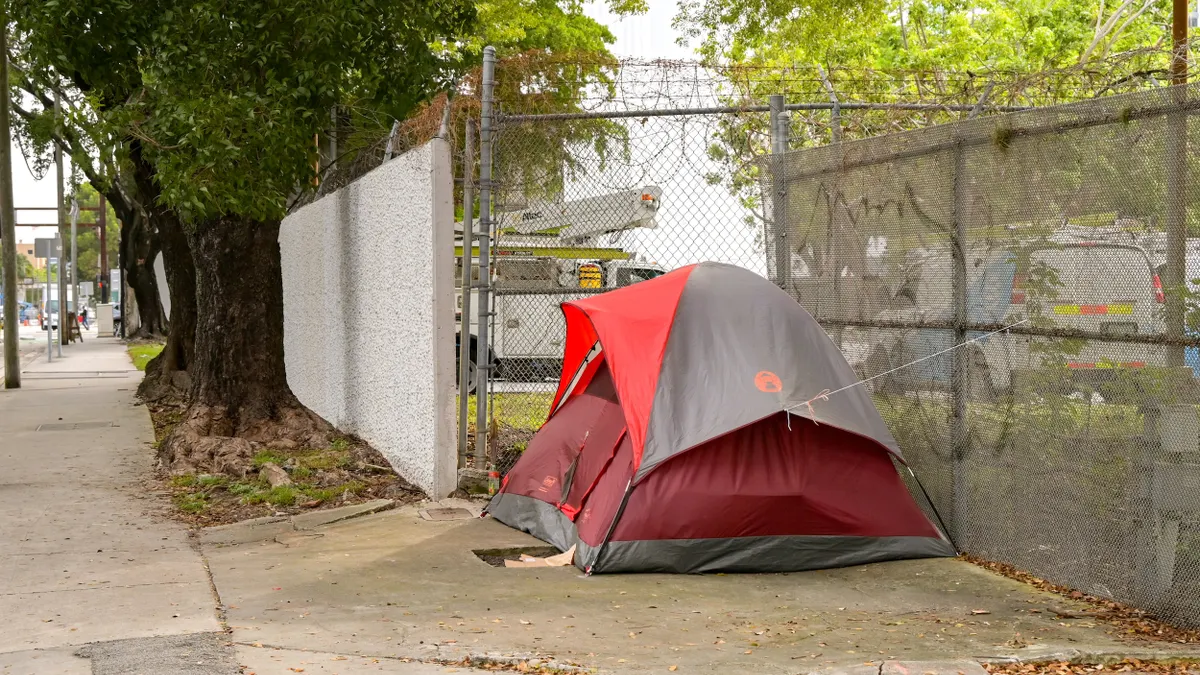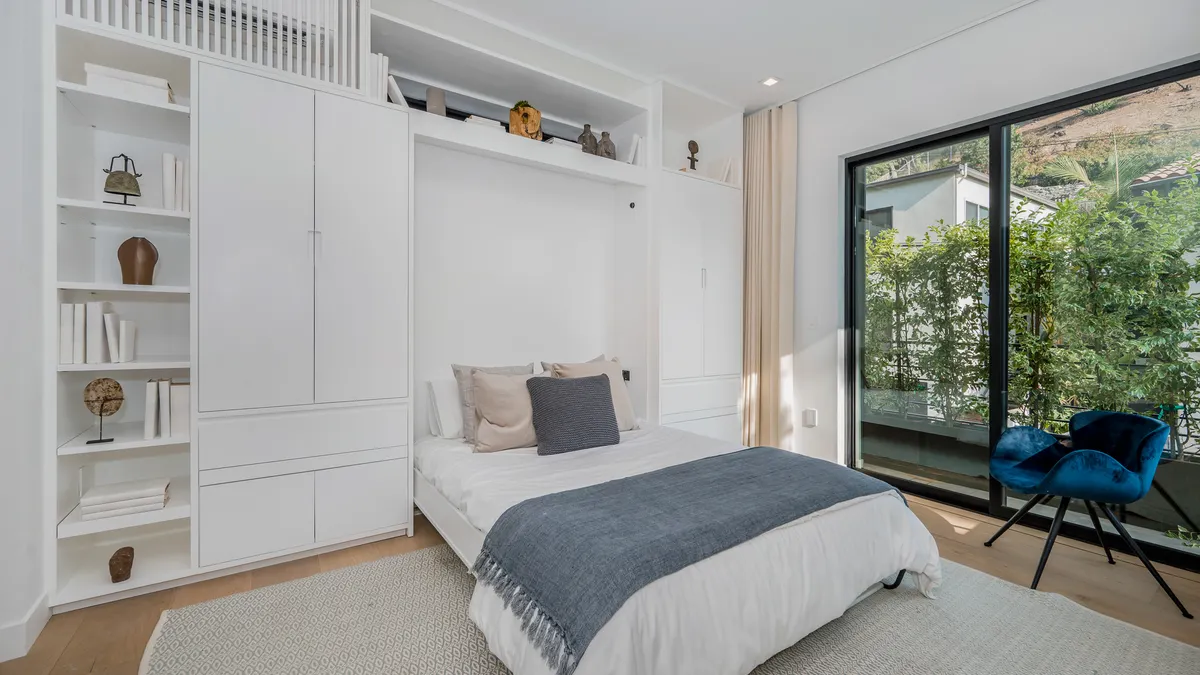To revitalize Seattle’s downtown, Mayor Bruce Harrell in June introduced a three-pronged “Downtown Activation Plan” that outlines current initiatives, goals for the next three years and ambitious long-term ideas — dubbed in the plan as “Space Needle Thinking.” The plan aims to decrease crime, increase affordable housing and address homelessness while bringing more community activities and foot traffic to downtown streets.
In a statement, Harrell called the plan “a comprehensive approach to build a Downtown of the future that lives up to our One Seattle [comprehensive plan] values, revitalizing our city center rather than trying to recreate the past.”
Like downtowns in many U.S. cities, Seattle’s downtown is struggling to revive itself post-pandemic. Office workers have been slow to return, the plan notes, due to hybrid and remote work models many companies adopted during the pandemic. The resulting lack of office workers has impacted service and other workers’ livelihoods, it says, citing the benefits of in-person work.
One way to address the reduction in foot traffic that results from remote work, and to address the need for affordable housing, is to create incentives or remove barriers for housing construction downtown. The mayor plans to send the city council several legislative proposals the plan outlines, such as updated zoning policies that would allow taller residential buildings in a portion of downtown. The plan also recommends that the city allow new construction to be taller if childcare and education services are provided in the building.
The city is examining potential ways to simplify office-to-residential conversions by waiving or modifying development standards. The plan recommends that the city also waive environmental review requirements for residential projects to speed up permitting.
To bring more foot traffic downtown, the plan recommends that the city temporarily waive street-use fees for food trucks and carts as well as for small and medium-sized street and sidewalk events open to the public. Buildings should also be allowed to expand their street-level uses to include offices, conference rooms, lab spaces and residential building amenities, the plan says. And it recommends the city take measures to boost hotel development in Belltown, a downtown neighborhood home to nightlife, restaurants and entertainment venues.
To make downtown more safe and welcoming, the city is working to address problems with homelessness and drug use. A new opioid overdose recovery center is likely to be operational in 2024, and the city is launching a drug abatement pilot program that incentivizes people with substance-use disorders to accept treatment services by providing them with low-dollar gift cards. Plus, King County voters approved a behavioral health tax in April that will help pay for a “Crisis Care Center” for adults, which the plan says “will accept any person with or without insurance and provide behavioral health crisis triage, 23-hour observation, and 16 crisis stabilization beds for short-term treatment of up to 14 days.” The city will also work to remove graffiti on public and private property.
To celebrate downtown Seattle’s arts, culture, sports and entertainment, the plan recommends hiring a director of citywide special events and a “creative economy manager” and creating more murals and other art installations downtown.
Some Seattleites are skeptical of the Downtown Activation Plan, saying it prioritizes certain residents while sacrificing the needs of others.
“Nobody’s against downtown improving,” said Ray Dubicki, a writer and podcaster for TheUrbanist.org, a Seattle news site that focuses on urban policies. However, he said, “the way the mayor’s office presents [the plan] is, it’s being pushed as a return to the office” that forces people experiencing homelessness out of downtown to make the area more welcoming to others.
When the mayor announced the plan in late June, he was interrupted by a small group of people protesting recent “sweeps” of people experiencing homelessness. This process of forcing disbandment of homeless encampments on public property is a contentious issue in downtown neighborhoods.
Dubicki criticized the Downtown Activation Plan as disjointed, with the first half focusing on small, cosmetic changes — “clean water fountains, people making sure the litter’s picked up and no one’s sleeping on the street” — and the second half featuring “AI-generated images showing a shiny, bright future.… There’s no connection between the two.”


